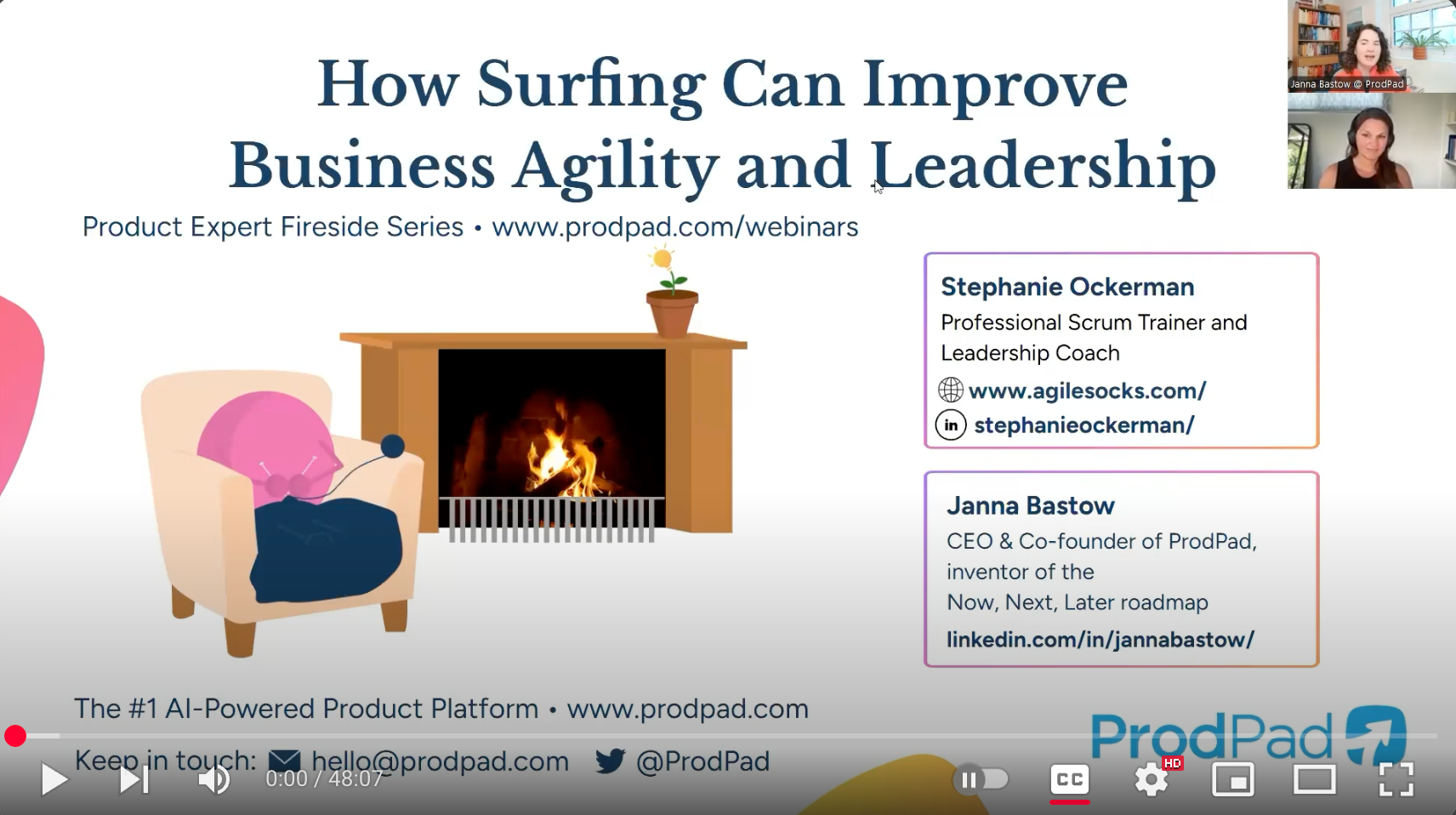
I hear it all the time.
Whether it is a consulting engagement or in a Professional Scrum Course, the desire to modify Scrum comes up frequently.

Transparency usually brings pain, especially when you are early in your Scrum adoption. This pain often manifests as fear.
The pain (or fear) could come in the form of being judged. If we are not making progress fast enough, people will think we are not working hard enough.
The pain (or fear) could come in the form of admitting mistakes or incorrect assumptions. If we admit that technical debt is become a burden, people will think we are bad at our job. If we change direction and scrap this feature, our stakeholders will think we wasted money and will be less willing to trust us.
The pain (or fear) could come in the form of confronting someone. If I bring up a concern about this person’s behavior, I will hurt his or her feelings, and it will be awkward to continue working together.
“That’s just the way we do things around here.” Or maybe, “They’ll never change.” Or, “That’s out of our control.”
Yep, you’ve heard it. Maybe you’ve even said it.
When you want to modify Scrum because of the constraints in your organization, take a closer look at those constraints.
I know it can be a long and challenging journey, but we have to move through these limiting beliefs if we want to maximize the value of our products and the work of our delivery teams and build resilient, agile organizations.
Scrum is meant to be disruptive. Scrum is meant to challenge the status quo.
One antidote to this fixed mindset is to ask two questions.
What assumptions are we making?
Many times the external constraints we see are not really there at all. When we start to ask why, we uncover that there is no constraint. Or perhaps we uncover the real need, and this allows us to find creative solutions.
Once we uncover the real need (or blow away the assumption completely), we ask the second question.
What if we could do anything?
This question helps us start thinking big, completely free of assumptions or preconceived ideas. Some ideas that arise during this type of brainstorming may seem outrageous. But ultimately it breaks open creative collaboration and problem-solving.
Perhaps that outrageous idea is actually possible. Or maybe it plants the seeds for another incredible solution.
If you’re just going through the motions and not being intentional in your use of Scrum, it is likely you won’t experience many of its benefits.
Are the roles being fulfilled well? How do we know?
Are the artifacts providing transparent information? How do we know?
Are we achieving the purpose of the events? What are we learning and how are we adapting?
If the Scrum Team wants to stop doing the Daily Scrum every day, why? Perhaps they feel there is no point because it’s just a status update, and that could just be put into a tool or sent as an email. Or perhaps the Daily Scrum takes too much time because we deep-dive into problem solving and go well beyond the 15-minute time-box.
“Change comes from new habits, from acting as if, from experiencing the inevitable discomfort of becoming.”
~ Seth Godin
Change is hard.
It takes time, focus, and intention. If we aren’t experiencing the benefits, it is going to be hard to sustain the change. Then we will want to go back to our old (i.e. comfortable) ways. So we start modifying Scrum to look more like what we were doing before.
The Scrum Values of focus, openness, courage, commitment, and respect enable effective empiricism and collaborative teamwork.
When Scrum Values are difficult to honor, that can point us in the direction of a challenge we need to address.
The next question to ask is whether the resistance comes from inside the team or from outside the team.
If we work in an environment that does not honor focus, it’s easy to see why there may be pressure to push more work into the Sprint Backlog in the middle of the Sprint despite it not being in alignment with the Sprint Goal.
If we work in an environment that does not honor openness and courage, delivering “bad news” will not be easy, and people may choose to stay quiet and ignore the problem.
If we don’t all feel that our ideas and perspectives are respected by other team members, we won’t really be committed to team decisions and feel accountable for team results.
When we see the Scrum Values being trampled or simply needing more life, that is an area to explore. Start a conversation to bring transparency to this opportunity for improvement.
The three roles, three artifacts, five events, and the rules that bind them together are essential.
Modifying Scrum is like kicking one of the legs out from underneath a stool. You will lose balance at the very least. You will topple over at worst.
___________________________
Want to take your learning deeper?
If you enjoyed this post, check out my book Mastering Professional Scrum.
This book illuminates what it means to effectively apply empiricism, an agile mindset, and teamwork to truly unlock the benefits of agility.



AGILE SOCKS is a registered trademark of Agile Socks LLC. Other marks used herein are the property of their respective owners. For more information see Trademark Notice in Terms & Conditions.